- Basics of Control System (Marks 12, Hours 10)
1.1 Control System: Basics of Control Systems and Practical Examples.
1.2 Classification of Control Systems: Open Loop and Closed Loop Systems – Block Diagram, Practical Example, and Comparison Linear and Non-linear Systems, Time Varying and Time Invarying Systems – Practical Example, and Comparison Servo System.
1.3 Transfer Function: Close Loop and Open Loop System – RC, LC and RLC Circuits – Differential Equations and Transfer Functions and Analysing Using Laplace Transform
1.4 Block Diagram Reduction Technique: Need, Reduction Rules.
- Time Domain Stability Analysis (Marks 16, Hours 16)
2.1 Time Response: Transient and Steady State Response.
2.2 Standard Test Inputs: Step, Ramp, Parabolic and Impulse and their corresponding Laplace Transform.
2.3 Analysis of First and Second Order Control System:
(i) Poles and Zeros: S-plane Representation Order of System (0, 1, 2) Standard Equations Examples and Numerical Problem.
(ii) First Order System: Analysis for Unit Step Input, Concept of Time Constant.
(iii) Second Order System: Analysis for Unit Step Input (No Derivation), Concept, Definition and Effect of Damping.
(iv) Time Response Specifications (No Derivations) – Tp,Ts,Tr,Td,Mp, Ess, Numerical Problems.
2.4 Steady State Analysis: Type 0, 1, 2 Systems, Steady State Error and Error Constants, Numerical Problems.
2.5 Stability: Concept of Stability, Root Locations in S-plane and Analysis – Stable System, Unstable System, Critically Stable Systems, Conditionally Stable System, Relative Stability.
2.6 Routh’s Stability Criterion: Steps and Procedures to find stability by Routh’s Stability Criteria.
- Process Controllers (Marks 10, Hours 08)
3.1 Process Control System: Block Diagram and Explanation of Each Block.
3.2 Control Actions:
Discontinuous Mode: ON-OFF Controllers: Equation, Neutral Zone.
Continuous Modes: Proportional Controller-offset, Proportional Band, Proportional, Integral and Derivative Controllers – o/p Equation, Response, Characteristics, Comparison.
3.3 Composite Controllers: PI, PD, PID Controllers – o/p Equation, Response, Comparison.
- Fundamentals of PLC (Marks 14, Hours 12)
4.1 PLC – Block Diagram, Classification, (Fixed and Modular PLCs), Need and Benefits of PLC in Automation.
4.2 Description of Different Parts of PLC: CPU – Function, Scanning Cycle, Speed of Execution, Power Supply – Block Diagram and Function of Each Block.
Memory – Function and Organization of ROM and RAM.
Input and Output Modules – Function, Different Input and Output Devices Used with PLC (Only Name and their Uses).
4.3 PLC Installation.
- PLC Hardware and Programming (Marks 18, Hours 18)
5.1 Discrete Input Modules : Block Diagram, Specifications of AC Input Modules and DC Input Module. Sinking and Sourcing Concept in DC Input Modules.
5.2 Discrete Output Modules: Block Diagram Description, Specifications of AC Output Module and DC Output Modules.
5.3 Analog Input and Output Modules: Block Diagram, Specifications.
5.4 I/O Addressing of PLC – Addressing Data Files, Format of Logical Address, Different Addressing Types.
5.5 PLC Instruction Set: Relay Instructions, Timer and Counter Instructions, Data Movement Instructions, Logical and Comparison Instructions.
5.6 PLC Programs using Ladder Programming Language.




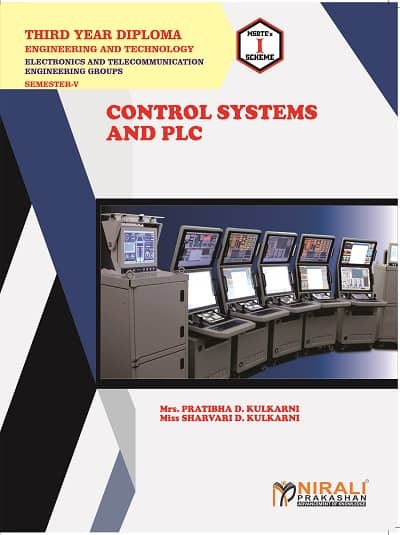
 Zoom
Zoom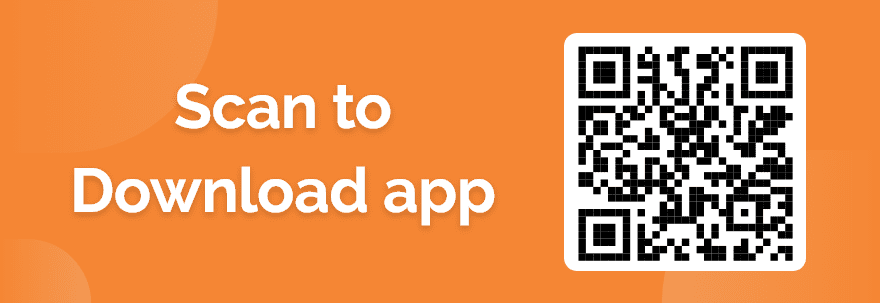

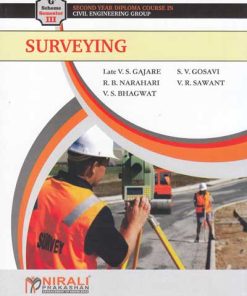
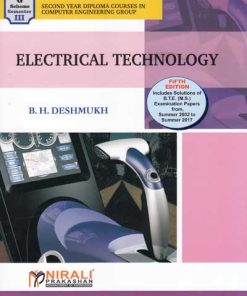
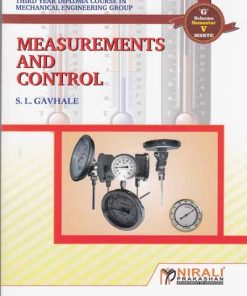
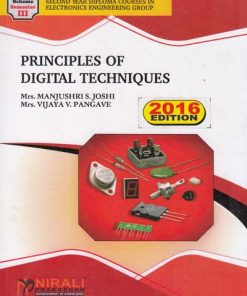
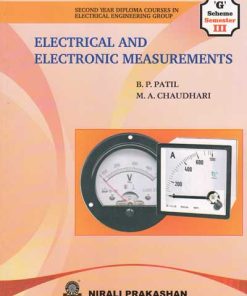
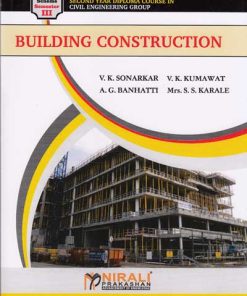

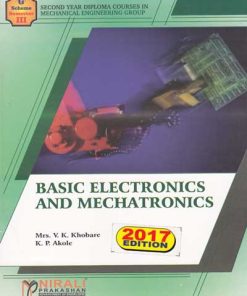


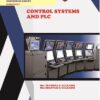
Reviews
There are no reviews yet.